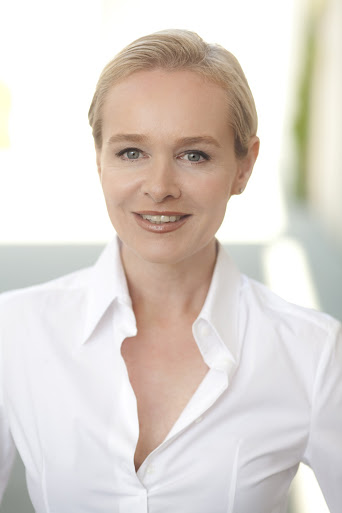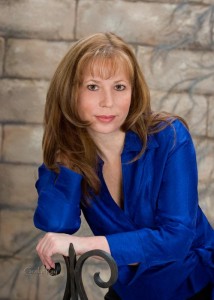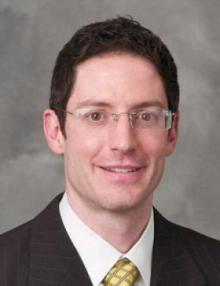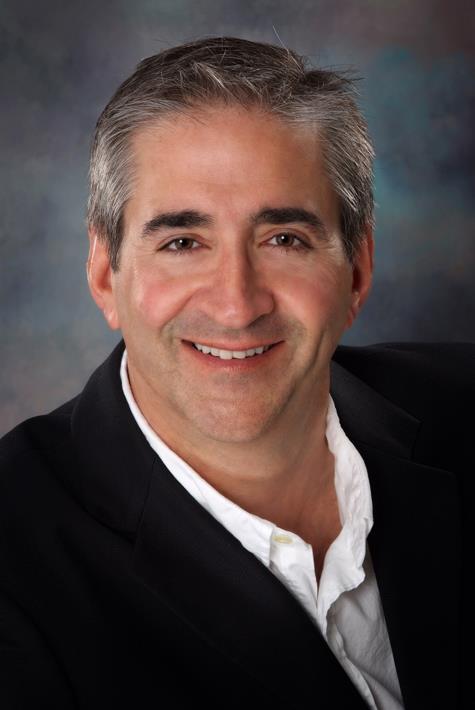Have Researchers Found the Best Method of Harvesting Autologous Fat?
/A study published in the Journal of the American Society of Plastic Surgeons sought to examine the method that will optimize the process of harvesting lipoaspirate before grafting.
Dr. Emily Cleveland, together with her colleagues from the New York University Institute of Reconstructive Plastic Surgery, examined various articles on the methods of processing human fat for autologous grafting in an evidence-based review.
They found that there was no single viable method that may be advocated as the best technique for lipoaspirate process.
Autologous fat harvested through liposuction techniques is used by both cosmetic and reconstructive surgeons. As a filler, it has several advantages including availability, biocompatibilty, ease of harvest without risk of allergic reaction or rejection, and it's inexpensive.
This technique has been used in several procedures including, but not limited to, facial rejuvenation, breast augmentation and reconstruction, treatment of congenital anomalies, and improvement of soft-tissue damage due to radiation therapy.
Despite its advantages, the autologous fat transfer technique is also wrought with setbacks. Viability and the retention of fat graft cannot be predicted with certainty because of lack of clear data pinpointing factors which may be responsible for the variability in results.
However, there is a wide belief among practitioners that the lack of standardized procedure, especially with that of postharvest fat processing, significantly contributes to the variability. Currently, several techniques of fat harvest before transplantation are used.
Among them are the use of simple decantation, cotton gauze rolling, centrifugation, and washing in physiologic solutions.
In the study, randomized controlled trials, clinical trials, and comparative studies comparing at least two of the following techniques were included: decanting, cotton gauze (Telfa) rolling, centrifugation, washing, filtration, and stromal vascular fraction isolation.
Results of the study were as follows:
- There is a lack of superior method for processing harvested lipoaspirate.
- Simple decantation has previously been demonstrated to preserve a large number of intact and nucleated adipocytes. However, it allows a significantly greater amount of aqueous and lipid contaminants to remain in the specimen, particularly hematogenous cells and other materials that are believed to be proinflammatory and thus harmful to graft survival. Recent publications further confirm this, demonstrating lower rates of decanted graft viability relative to centrifuged and washed specimens.
- There are limited data to suggest that cotton gauze rolling of the lipoaspirate produces a graft largely free of contaminants, with superior in vitro adipose-derived mesenchymal stem cell content and high rates of in vivo retention but the technique is quite labor intensive.
- Centrifugation is perhaps the most widely used technique for postharvest fat processing, and has previously been considered the criterion standard. The most commonly used settings are those described by Coleman, in which lipoaspirate is spun at 1200 g (3000 rpm) for 3 minutes, followed by discarding the aqueous inferior layer and wicking off the free oil top layer. The middle adipose layer is then grafted. Some have suggested this may not be the most viable technique, in that it fails to incorporate the “pellet,” which contains the highest number of adipose-derived mesenchymal stem cells in the harvested specimen. Recent literature has demonstrated lower rates of graft viability after centrifugation relative to washing,although equivalent or superior results have been shown by some after “soft” centrifugation (400 g for 1 minute). Nevertheless, other research continues to support the equal effectiveness of standard centrifugation in preserving adipose-derived mesenchymal stem cells and producing viable in vivo grafts.
- Washing the lipoaspirate has previously been demonstrated to preserve both a large number of mesenchymal stem cells and a large number of adipocytes, thus satisfying both theories for graft survival. Several commercially available technologies that use washing techniques also appear promising for efficient, effective processing of lipoaspirate. This finding is somewhat confounded, however, by the use of multimodality technologies such as those used by Salinas et al. (washing then Telfa rolling or centrifugation), and processing with the Puregraft and Revolve systems, which first filter the lipoaspirate before washing. In addition, limited or no data are available to demonstrate in vivo superiority of these techniques.
- Filtration methods appear to eliminate contaminants, and maintain viable adipocytes and a large portion of adipose-derived mesenchymal stem cells. This processing technique may be more efficient in producing viable graft material for large-volume fat transfers, which are becoming increasingly popular among both cosmetic and reconstructive surgeons. The Tissu-Trans Filtron inline filtration system holds promise, but there are to date only extremely limited data available to support its use.
- Similarly, there is only limited evidence to date to support the supplementation of processed lipoaspirate with additional stromal vascular fraction. Although viable isolation methods have been developed, a great deal of further research is required to determine whether this additional cost and effort is justified by superior clinical outcomes. The Celution 800/CRS System may be a viable method for isolating stromal vascular fraction in clinical settings for augmentation of autologous fat used for grafting; however, no subsequent in vivo study was performed to demonstrate its superiority relative to the other proprietary systems examined in this study.
In conclusion, the authors said that they
did not find compelling evidence to advocate a single technique as the superior method for processing lipoaspirate in preparation for autologous fat grafting. A paucity of high-quality data continues to limit the clinician’s ability to determine the optimal method for purifying harvested adipose tissue. Novel automated technologies hold promise, particularly for large-volume fat grafting; however, extensive additional research is required to understand their true utility and efficiency in clinical settings.
More information about the study can be found at: http://journals.lww.com/plasreconsurg/Fulltext/2015/10000/Roll,_Spin,_Wash,_or_Filter__Processing_of.16.aspx?WT.mc_id=HPxADx20100319xMP



 O
O





